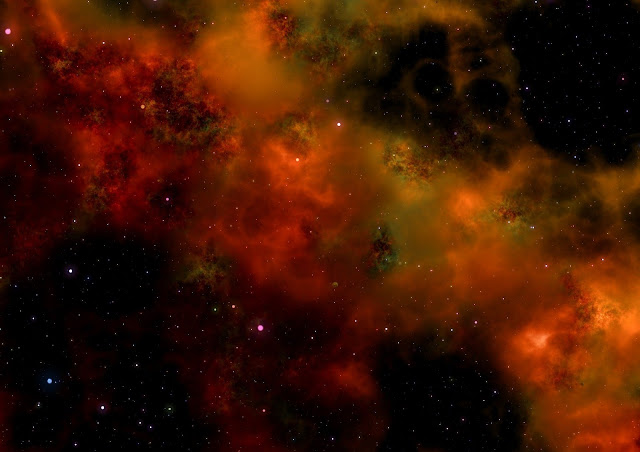The Solar System: Uncovering the Fascinating Facts
The Solar System: Uncovering the Fascinating Facts
The Solar System, our celestial home, is a fascinating and captivating subject, filled with mysteries and wonders. From the glowing ball of fire in the sky, the Sun, to the myriad of planets, moons, asteroids, and comets, the Solar System is a never-ending source of intrigue and inspiration. Whether you're an astronomer, a science buff, or simply someone who appreciates the beauty and grandeur of space, the Solar System is an essential topic to explore. Here, we take a closer look at some of the most interesting and mind-boggling facts about our Solar System.
- The Sun is at the Center of Our Solar System
The Sun is the heart of our Solar System, and its gravitational pull is what holds all the planets, asteroids, and other objects in orbit. It is a massive ball of hot, blazing gas that generates heat and light through nuclear reactions. The Sun is so massive that it makes up approximately 99.86% of the total mass of the Solar System. It is a true astronomical behemoth, and it has been shining for over 4.5 billion years, giving life and energy to everything within its reach.
- The Solar System is Huge
The Solar System is vast, and it is difficult to fully comprehend just how big it is. It extends far beyond the orbit of Neptune, the farthest planet from the Sun, and includes the Kuiper Belt, a region filled with icy, rocky objects. In fact, the Solar System is so large that it would take over 4 years to travel from the Sun to the Earth at the speed of light!
- The Planets are Varied
The Solar System is comprised of 8 planets, each with its unique characteristics and features. From the rocky, inner planets, Mercury, Venus, Earth, and Mars, to the gas giants, Jupiter, Saturn, Uranus, and Neptune, the planets of the Solar System are diverse and captivating. Each planet has its own unique atmosphere, geological features, and moons, making them all fascinating in their own right.
- The Moon is a Unique Object
The Moon is the Earth's largest natural satellite, and it is a fascinating object in its own right. It has been extensively studied and explored, and scientists have uncovered many interesting facts about it. For example, the Moon has no atmosphere and is covered in a layer of fine dust called regolith. It is also thought that the Moon was formed from a massive impact between the Earth and a Mars-sized object, which created a massive debris field that eventually coalesced into the Moon.
- Asteroids and Comets are Abundant
In addition to the planets, the Solar System is home to countless asteroids and comets. These small, rocky objects are remnants from the early days of the Solar System, and they provide valuable information about the formation and evolution of our celestial home. Some asteroids, such as Ceres, are even classified as dwarf planets, while others, like the famous Halley's Comet, have captivated astronomers for centuries with their periodic visits to the inner Solar System.
The Solar System is Dynamic
The Solar System is not a static place, and it is constantly changing and evolving. From the motion of the planets as they orbit the Sun to the movement of asteroids and comets, the Solar System is a dynamic and ever-changing landscape. Additionally, the Sun itself is not a static object, and it undergoes cycles of activity, such as solar flares and sunspots, which can have a significant impact on the rest of the Solar System.




Comments
Post a Comment